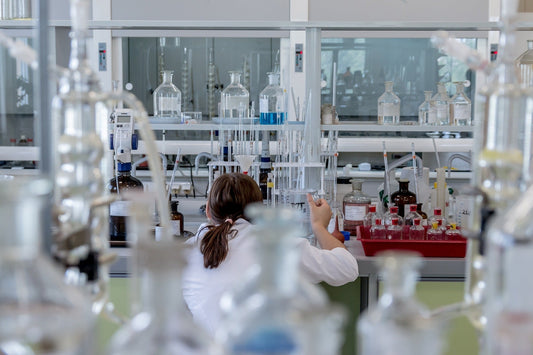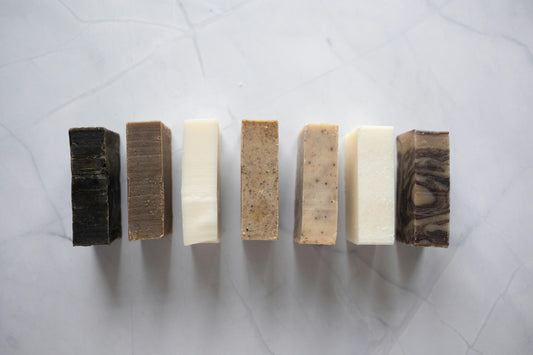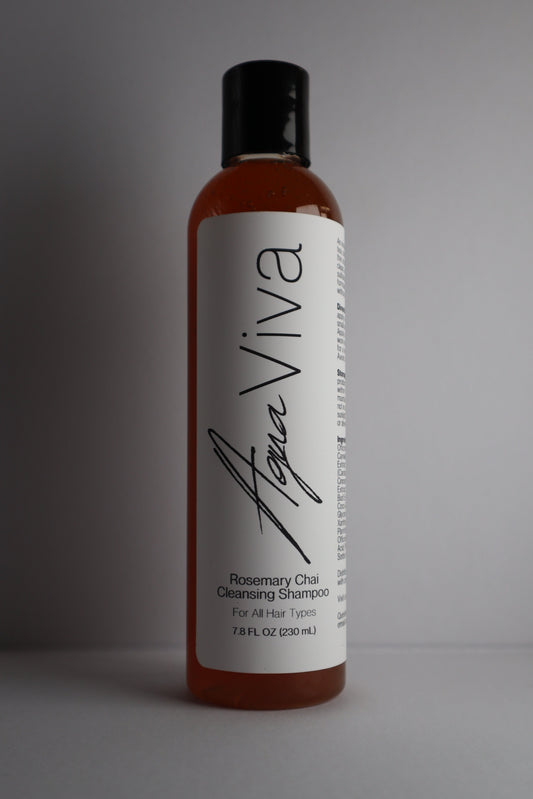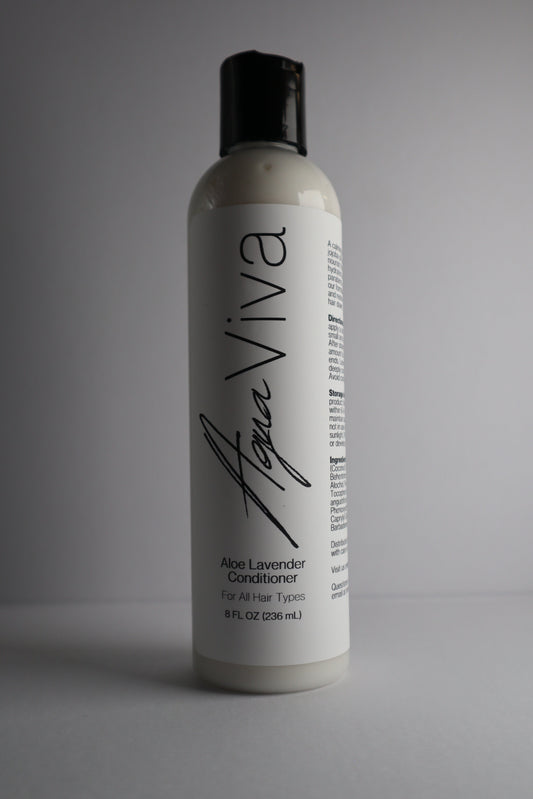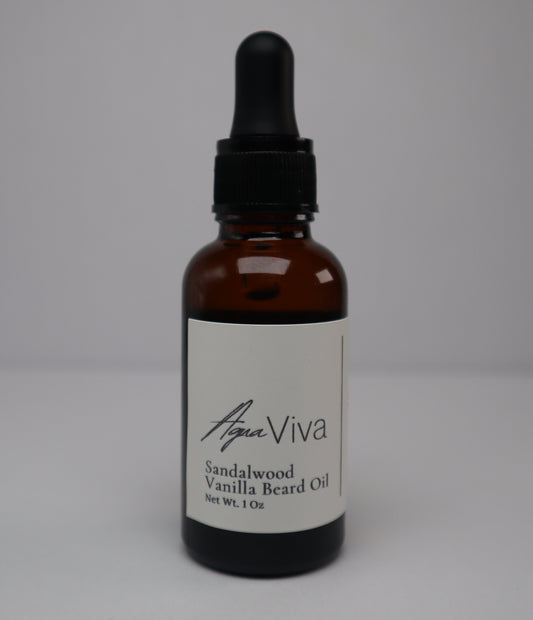
What Does Naturally-Derived Really Mean?
Compartir
Your Guide to Common Buzzwords and Marketing Terms
The personal hygiene and skincare industry has been flooded with buzzwords like natural, plant-based, clean, green, and non-toxic. Consumers seeking healthier lifestyles are increasingly drawn to these labels, hoping to avoid harmful chemicals and support environmentally friendly choices. But what do these terms actually mean? Are they regulated, or are they just clever marketing tactics?
We’ll break down what "natural" really means in the context of personal hygiene products, decode related phrases like naturally-derived, naturally occurring, plant-based, and more - and explore how these words can sometimes be misleading.
The Appeal of "Natural"
The word natural evokes images of purity, safety, and eco-friendliness. In the context of personal hygiene, it suggests that a product is made from ingredients found in nature rather than synthesized in a lab. However, there’s a significant problem: in the U.S., there is no standardized, legal definition of natural for cosmetics and personal care products. The FDA does not regulate this term, and companies are largely free to interpret it as they see fit.
This means that a product labeled “natural” might contain only a few natural ingredients and usually in very small amounts. A common practice is to put more natural ingredients like rosemary in very insignificant amounts then plaster the words "Rosemary" in big letters on the front of the bottle to get your attention. That's misleading at best.
The lack of clarity opens the door to what’s known as greenwashing - the practice of using misleading claims to make a product appear more natural or environmentally-friendly than it really is. Many companies use cute little pictures of leaves or bunnies on their bottles as nothing more than a distraction.
Breaking Down the Buzzwords
Let’s examine some of the most common “natural” marketing terms used in personal hygiene products.
1. Naturally-Derived
This term often confuses consumers - that's why clever marketers love it. An ingredient that is naturally-derived means it originally comes from a natural source, such as a plant, mineral, or animal product but has since been chemically processed to change its structure. But to what extent?
Processing isn't necessarily a bad thing, but it isn't really "natural" either, and insinuating this is misleading.
For example, sodium lauryl sulfate (SLS) can be derived from coconut oil. While coconut oil itself is natural, SLS undergoes extensive chemical processing to reach its final state. Despite its natural origin, the final product is far from what you’d find in nature.
While we're not saying processing something automatically makes it bad or dangerous, it is misleading to market it as if it is something you'd stumble upon while taking a stroll through the woods.
Why it can be misleading: Companies often use this term to make chemically altered ingredients sound cleaner or safer than they are. The degree of processing and the introduction of synthetic agents are often not disclosed and there's no true standard on this.
2. Naturally Occurring
This phrase refers to substances that exist in nature without human intervention. Minerals like clay or sulfur, or botanicals like chamomile, can be considered naturally occurring.
However, “naturally occurring” doesn't necessarily mean safe or gentle. Poison ivy and arsenic are naturally occurring after all. In cosmetics, this label can also apply to ingredients that are identical to those found in nature but produced synthetically in a lab.
Why it can be misleading: Consumers may assume that “naturally occurring” equals gentle or healthy, which is not always the case. Context and concentration matter. Naturally occurring just means that it can be found in nature but more than likely the ingredient in question was synthesized in a lab or factory.
3. Plant-Based
Plant-based implies that the product contains ingredients sourced from plants, such as essential oils, extracts, or plant oils. This term is often used alongside “vegan” to emphasize the absence of animal-derived components.
However, not all plant-based ingredients are natural or unprocessed. A plant-based ingredient can be highly refined and mixed with synthetic ingredients. Also, some ingredients may be “plant-based” in origin but heavily altered by the time they reach your bottle.
Why it can be misleading: A product can be called plant-based even if only a small percentage of the formulation includes plant ingredients, while the rest contains synthetic compounds.
4. Non-Toxic
This is another unregulated term that has become a popular buzzword. The implication is that the product contains no harmful chemicals. But toxicity is all about dosage and exposure. Even water is toxic in high enough quantities.
Also, lots of things are non-toxic. You might even equate that to labelling a bottle of water as "gluten-free."
There’s no consensus on what counts as “toxic” in the context of personal care. A company might exclude certain controversial ingredients like parabens or phthalates and call their product non-toxic but still include other chemicals that may be irritating or sensitizing to some users.
Why it can be misleading: The term preys on consumer fear of “chemicals” without providing a clear or scientific definition of what “toxic” means.
5. Clean
The clean beauty movement aims to eliminate potentially harmful or controversial ingredients. We're here for that, but as with the term "natural", there’s no legal definition of “clean.”
Every brand sets its own standards, and these vary widely. Some focus on avoiding sulfates, silicones, and artificial fragrances. Others may include alcohols, preservatives, or synthetics if they deem them “safe.”
Why it can be misleading: “Clean” is subjective and often used to sell a lifestyle or aesthetic, not necessarily a safer product.
Why It Matters
These labels aren’t just cosmetic - they influence how people spend their money and trust brands. A 2023 survey found that nearly 60% of consumers were willing to pay more for products labeled “natural” or “clean.” That’s a major incentive for companies to use these words, whether or not the products meet consumer expectations.
So, Are These Terms Bad?
No, these terms aren't inherently bad their use doesn't make an inherently bad product. There are companies that try to use these terms sincerely and strive to make wholesome products - but for every company like this, there are 20 more that simply plaster the word "natural" and the like on their bottle to increase their bottom line. The most important thing is for consumers to be educated on what these terms mean (and don't mean.)
How to Make Smarter Choices
So how can you navigate the marketing noise? Here are a few tips:
- Read ingredient labels. The ingredient list tells the real story. Look past the front of the package. Ingredients included in percentages of 1% or higher should be listed in order of prevalence, so things listed towards the top of the list are included at higher percentages.
- Know common ingredient names. Learn what certain ingredients are and why they’re used.
- Look past marketing language and imagery. Your bottle can have cute little leaves or use imagery of nature, but that doesn't mean that it is natural, effective, or safe.
- Question vague claims. Terms like “natural” or “clean” without supporting information should raise a red flag.
Final Thoughts
“Natural” sounds comforting, but in the world of personal hygiene products, it’s often a marketing tool more than a meaningful claim. Understanding the difference between naturally-derived, plant-based, and other common phrases can help you cut through the buzzwords and make informed decisions.
Instead of chasing trends or labels, prioritize transparency. At Agua Viva, that's what we're all about. Our core mission is for educated consumers to make educated choices.

